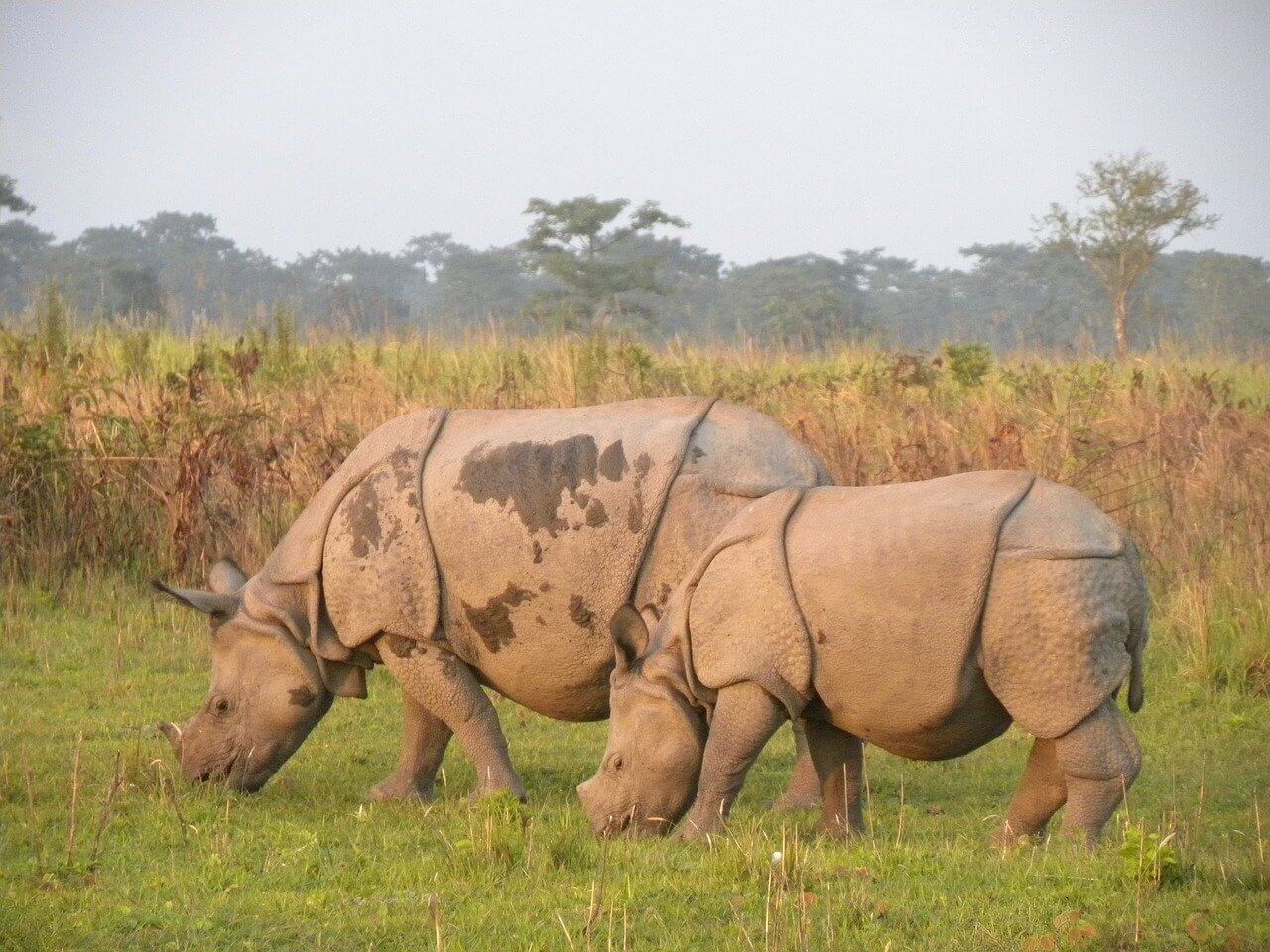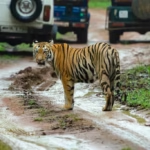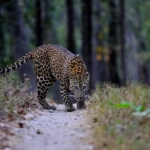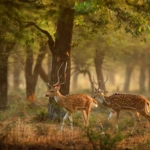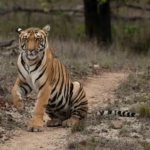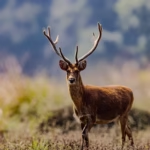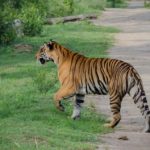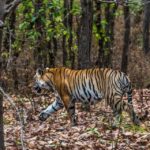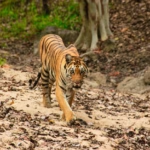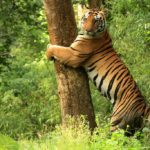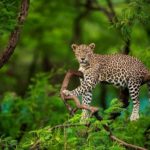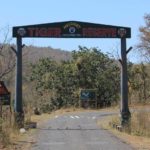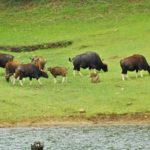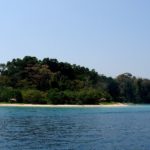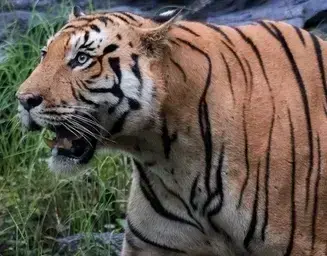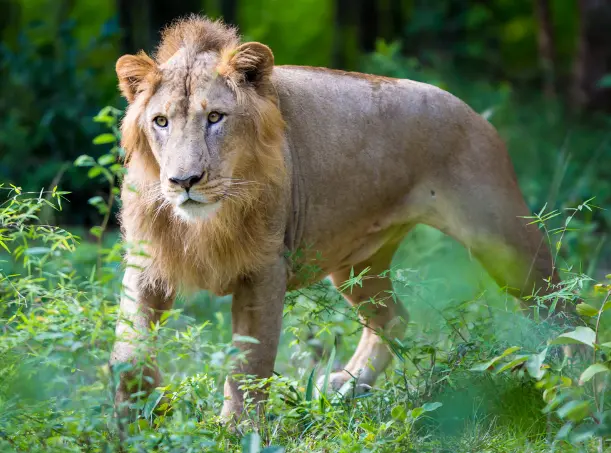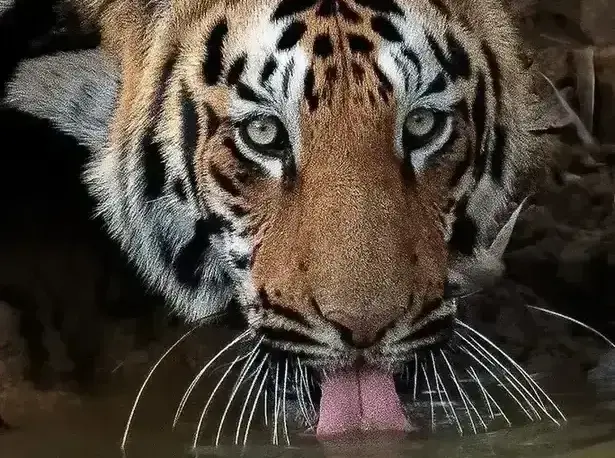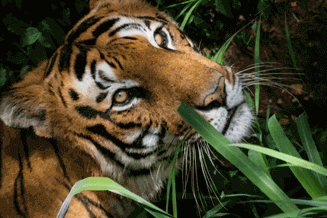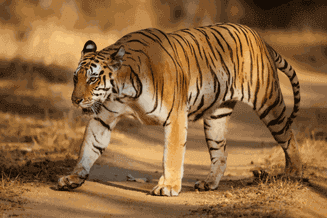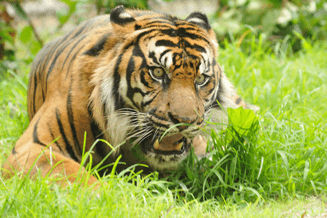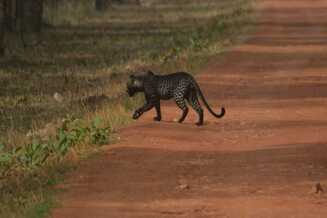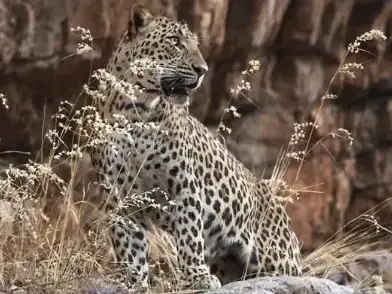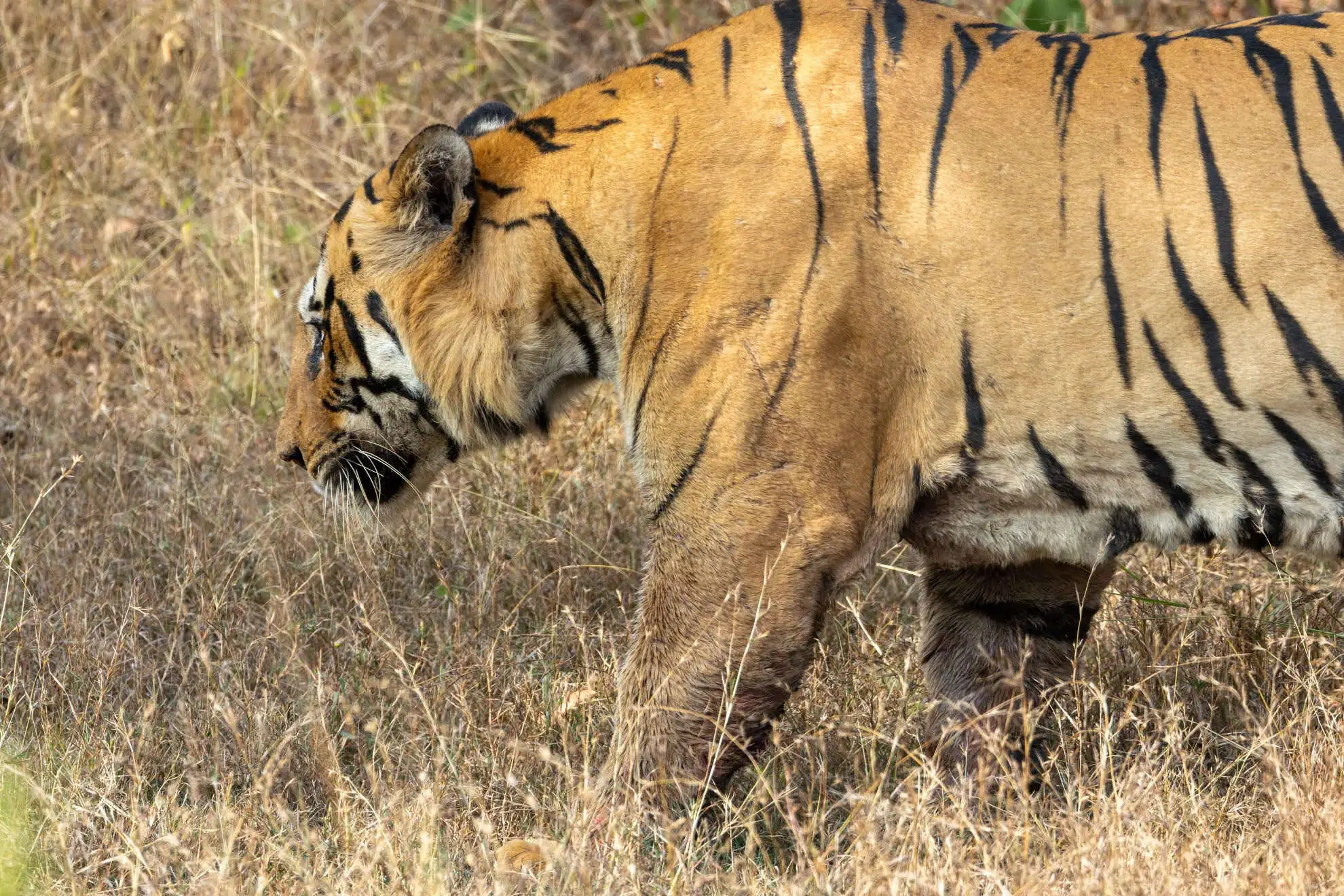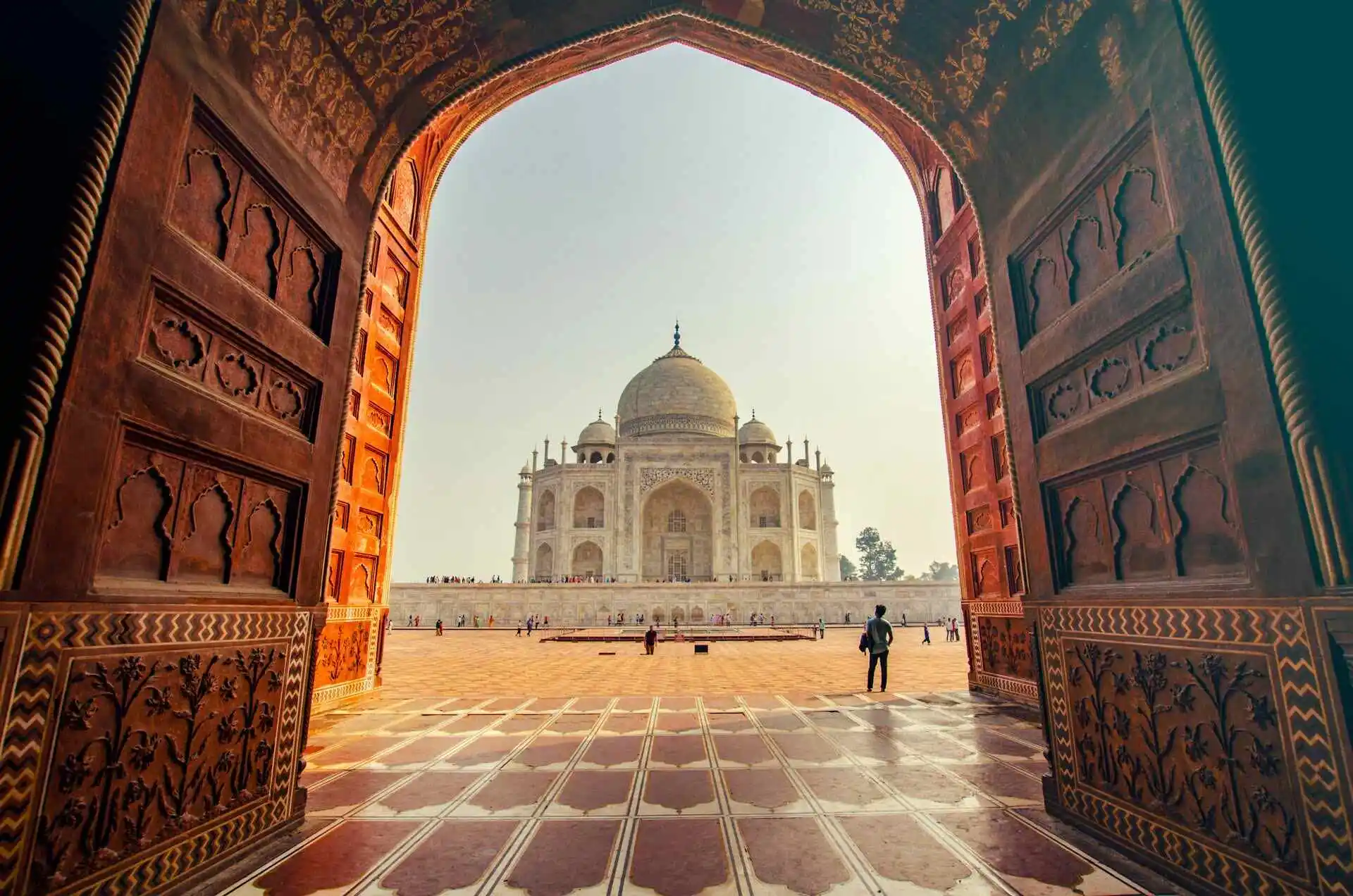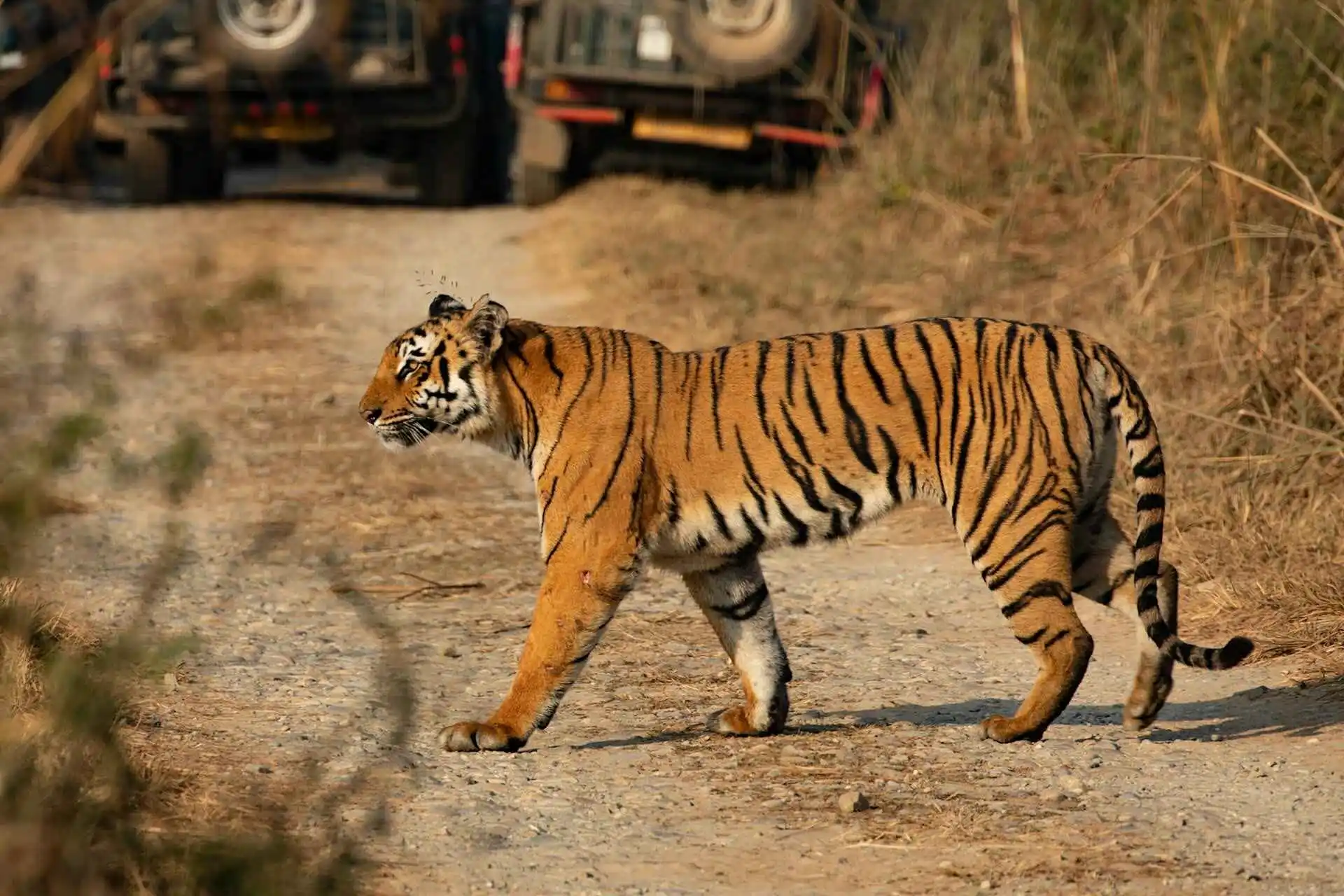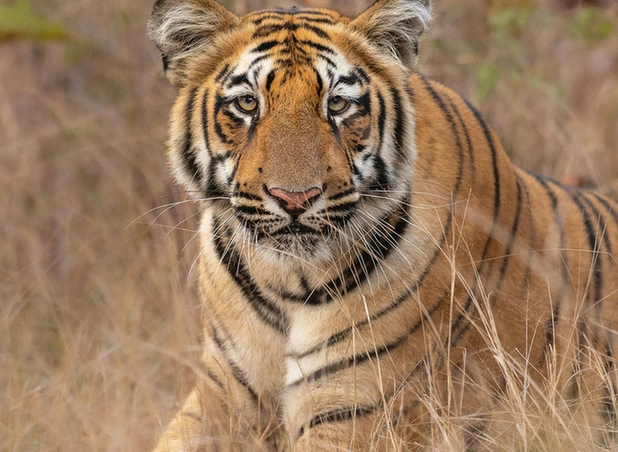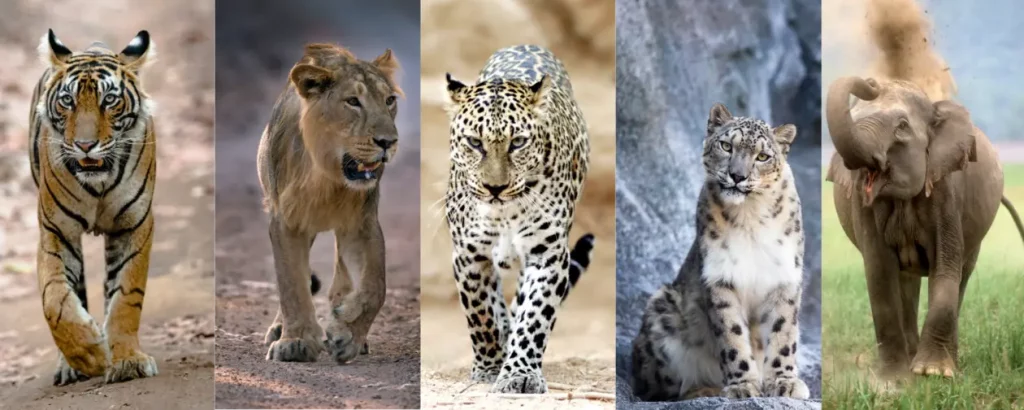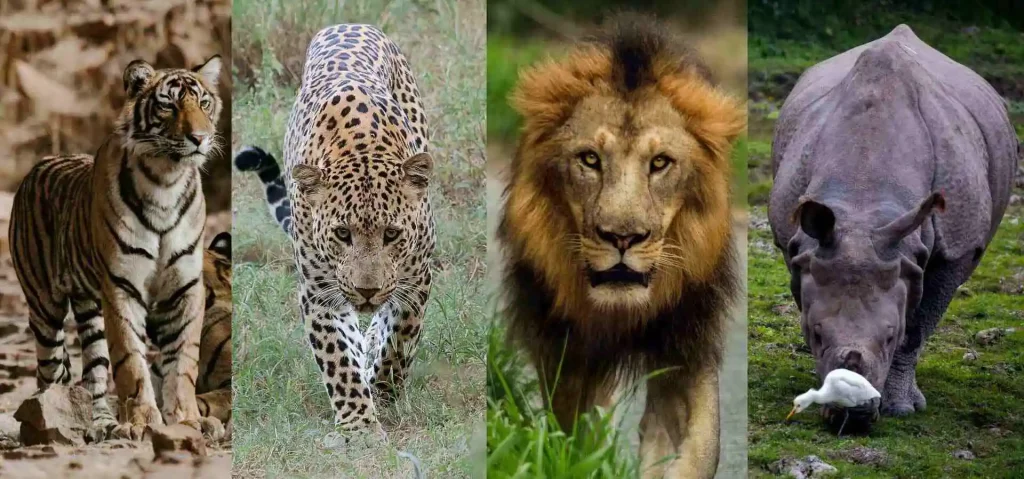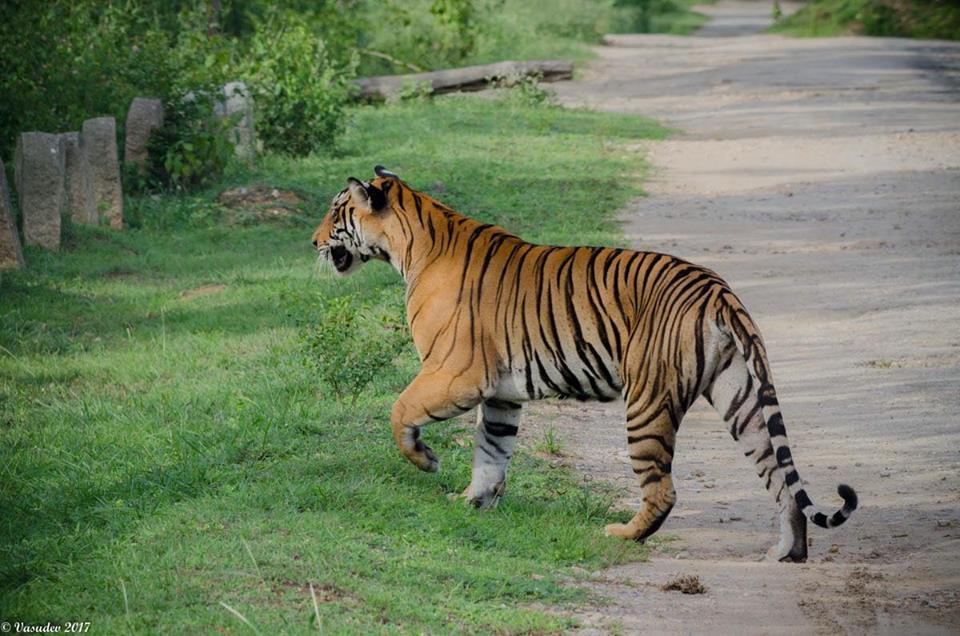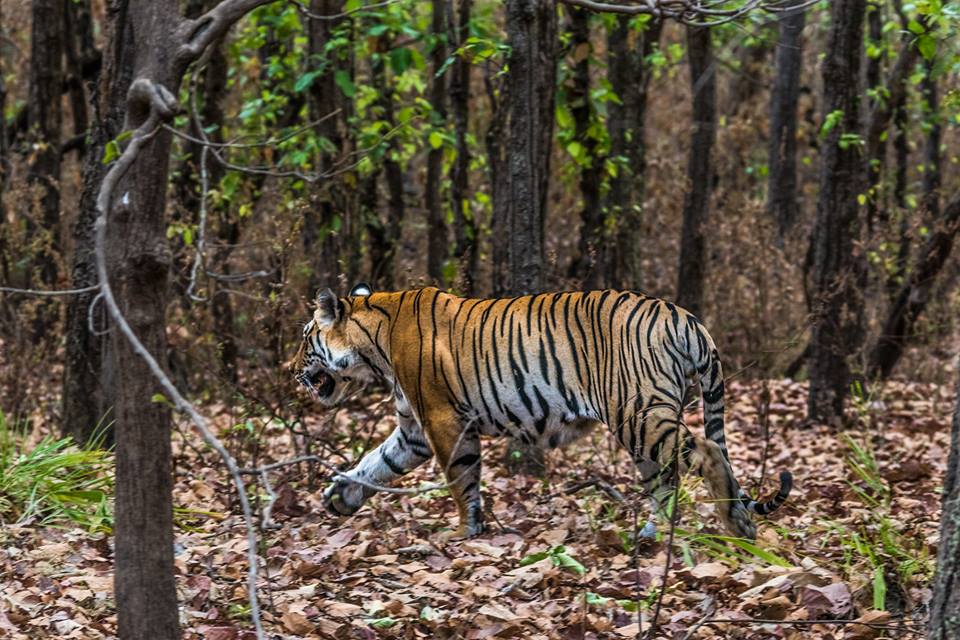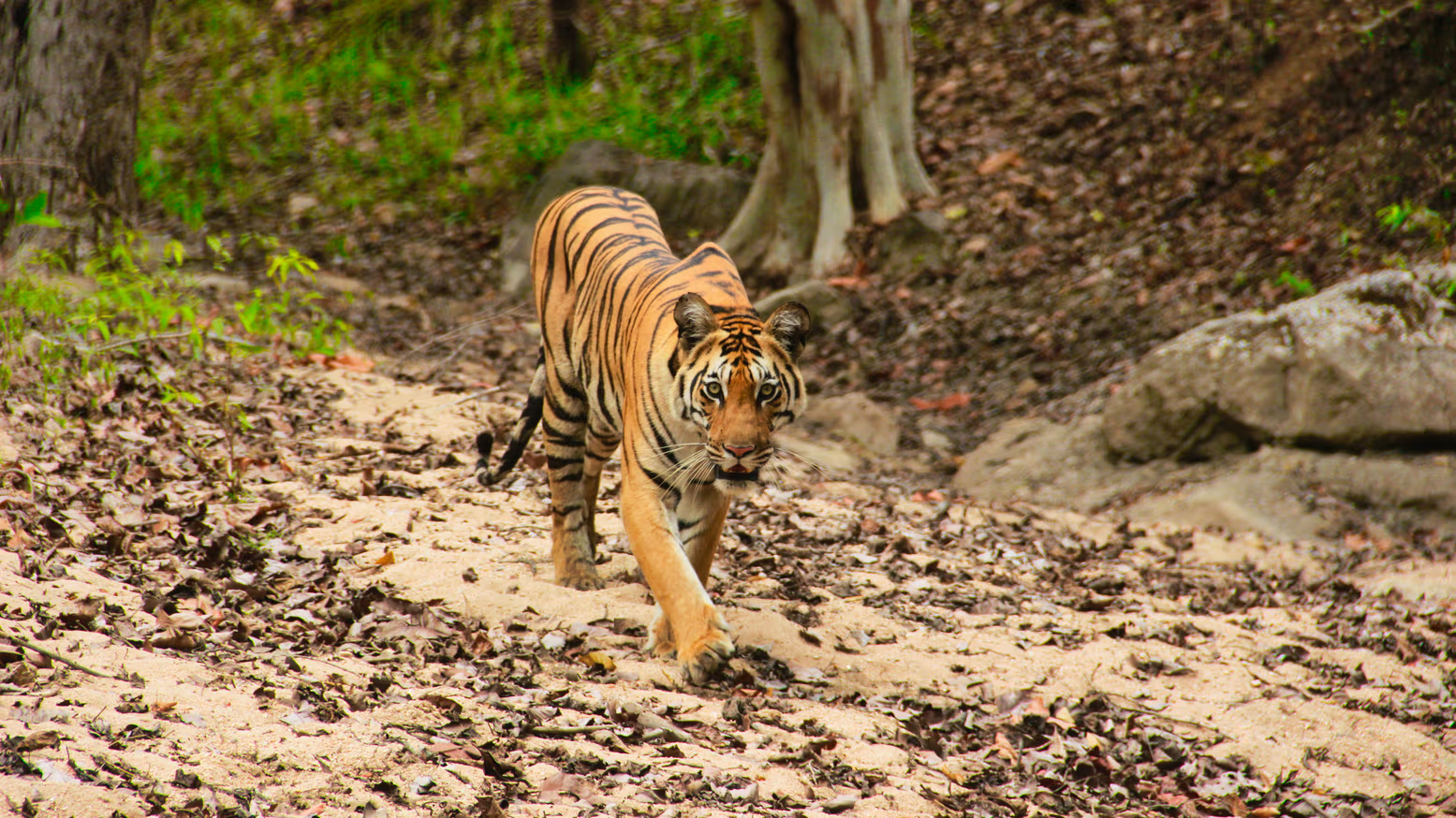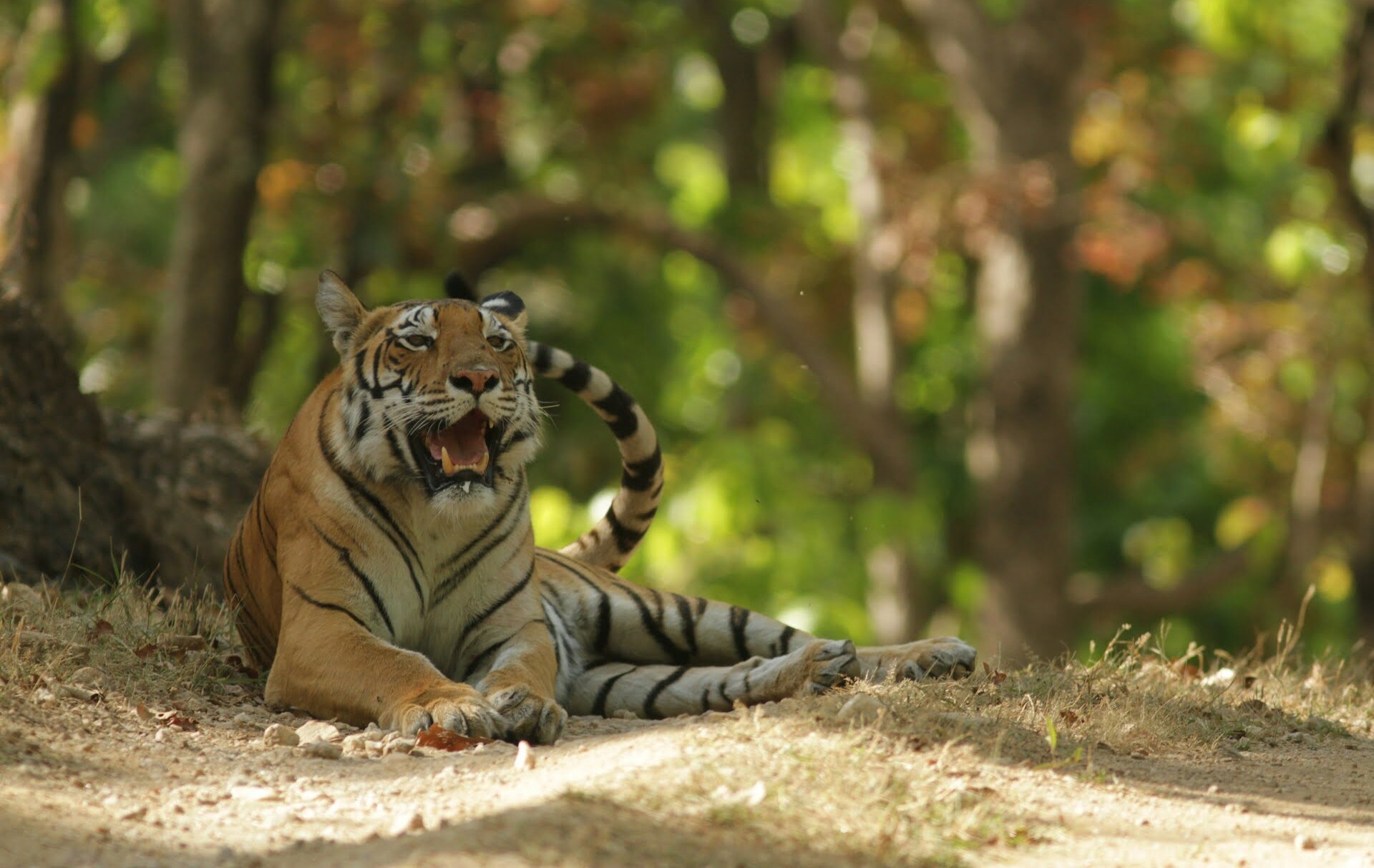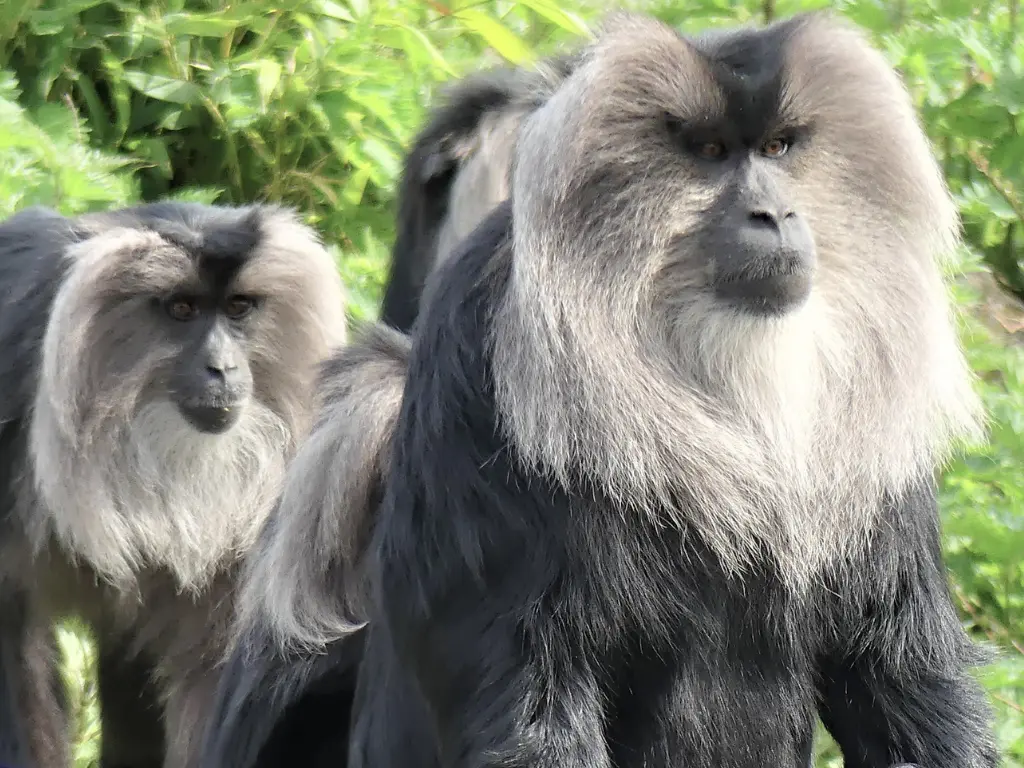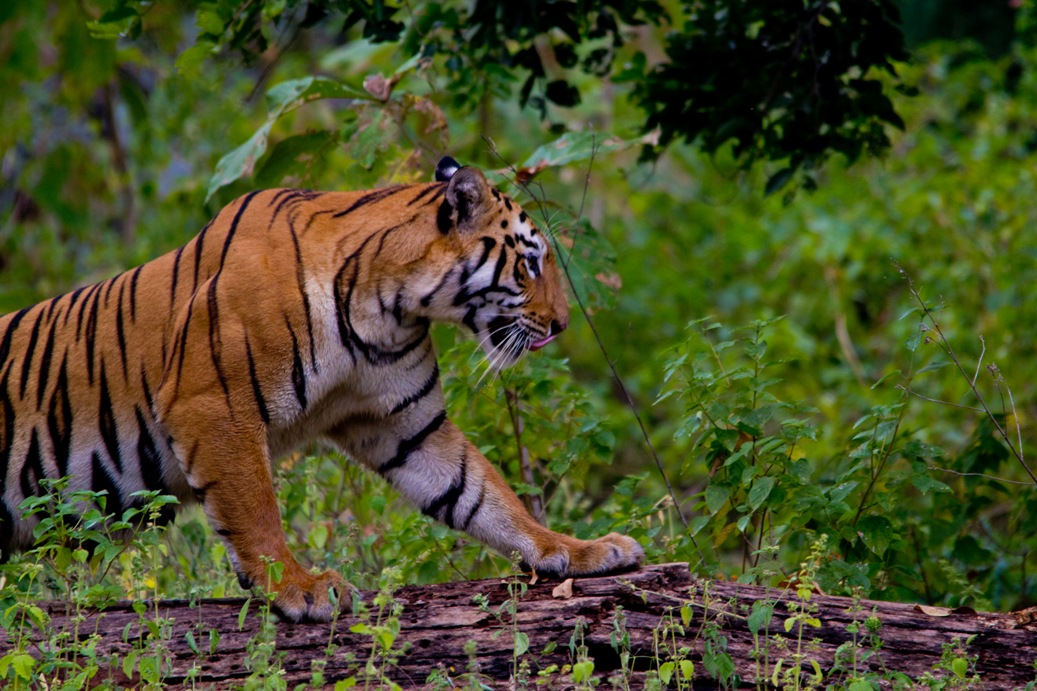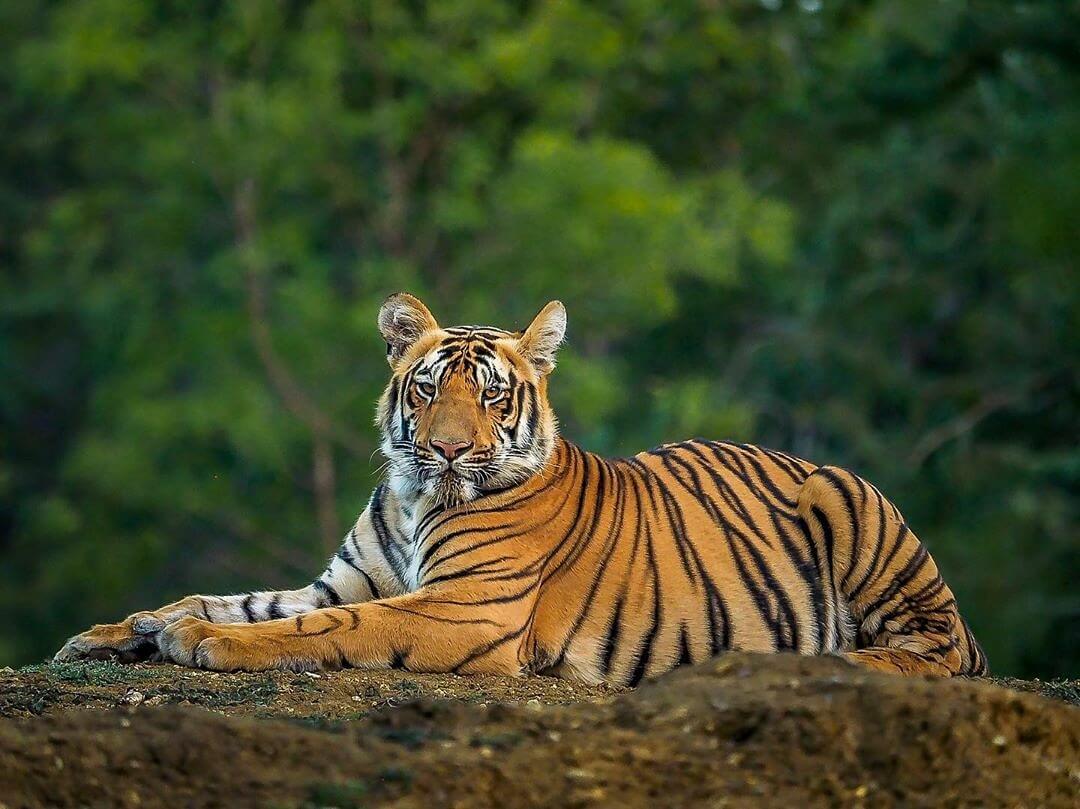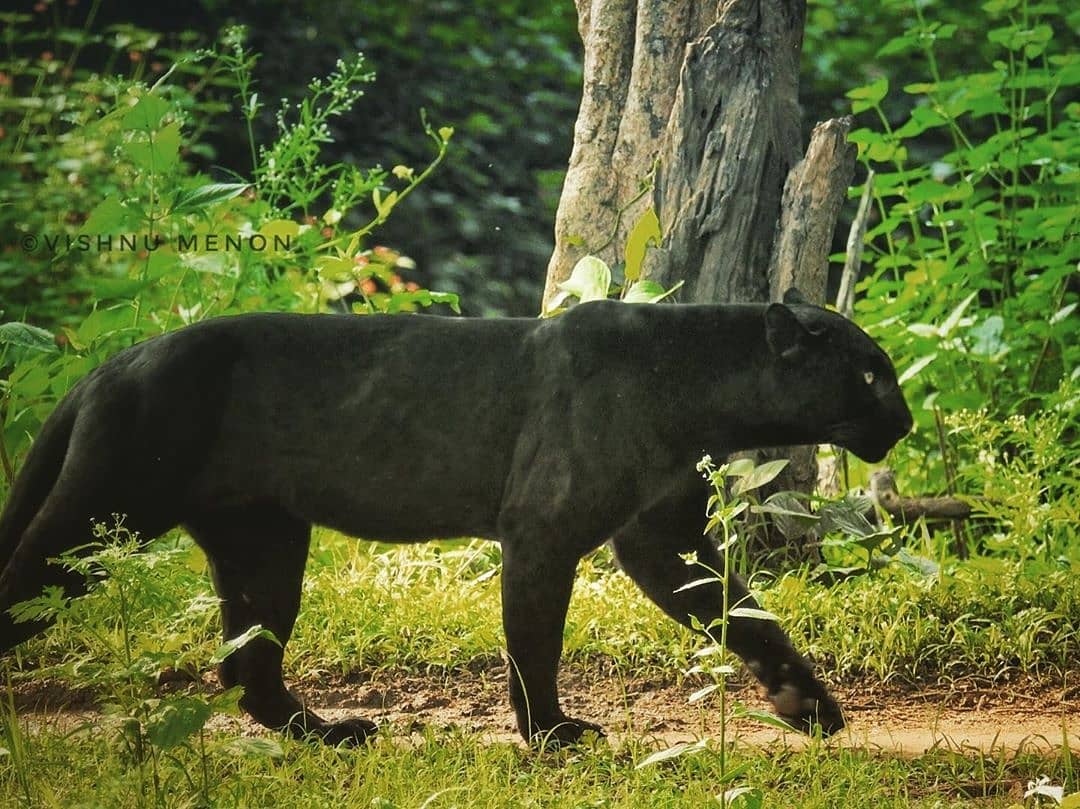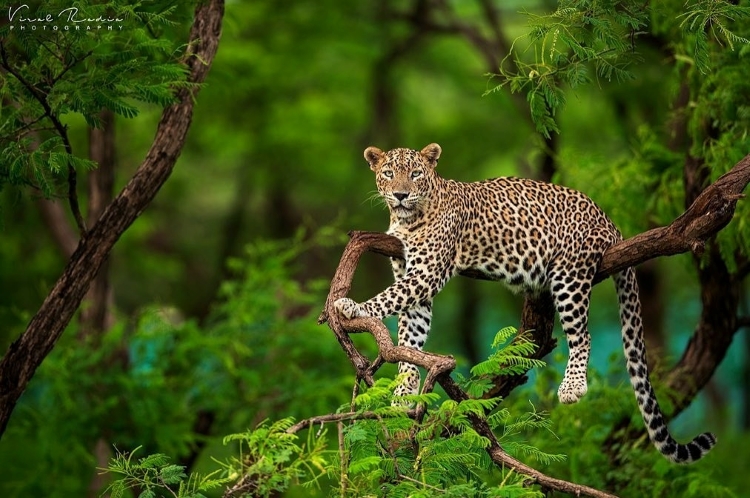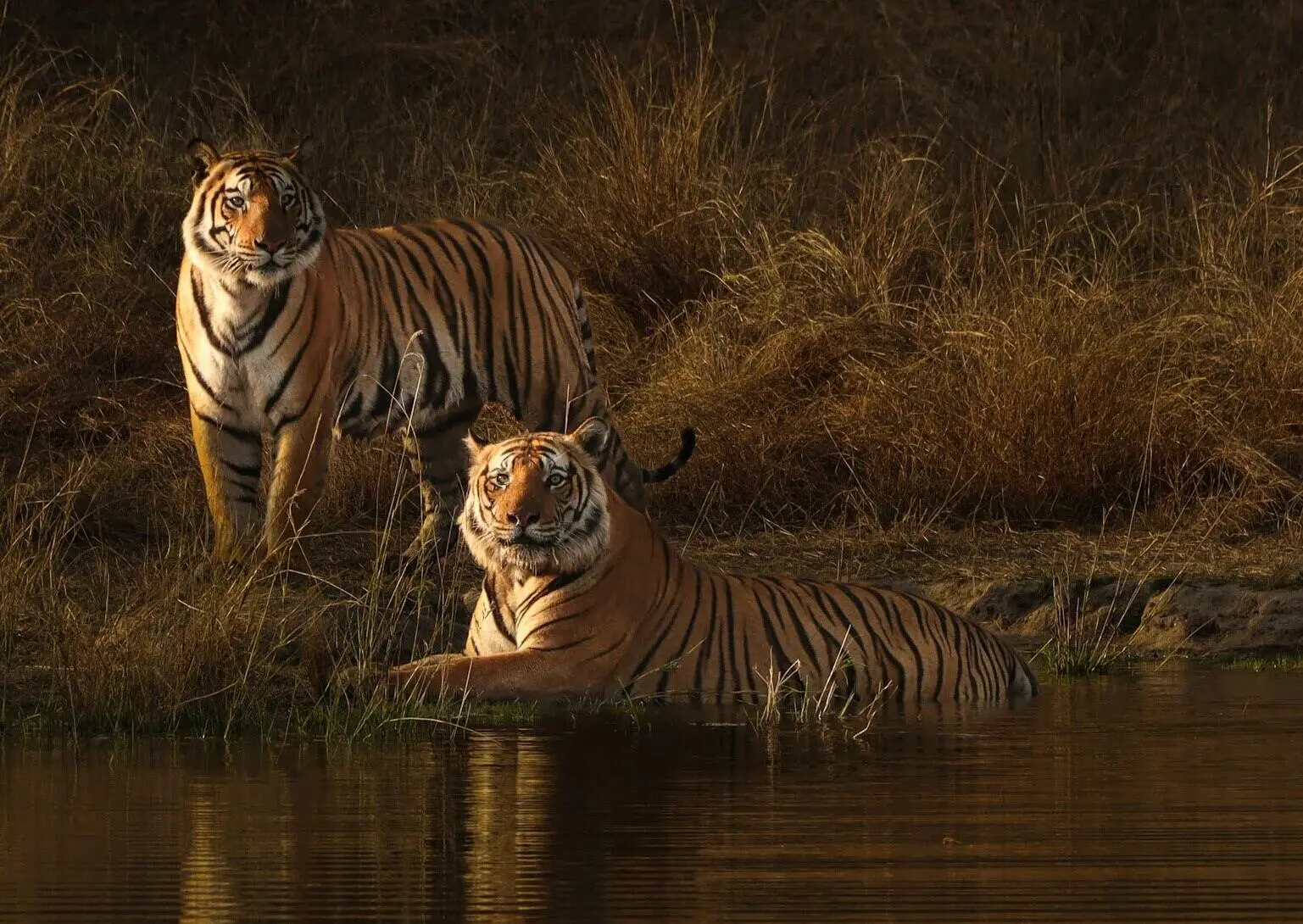There are 18 Biosphere Reserves in India, Biosphere reserves are areas of terrestrial, marine and coastal ecosystems that are preserved and protected in order to bring back the conservation of biodiversity with thoughtful use. They are approved and made by the national government and some of them are internationally recognized.
Biosphere Reserves are also called “living laboratories” as they provide great scope for scientific research and a valuable source of education. Each reserve covers large areas and sometimes include one or more national parks and wildlife sanctuaries.
How does an area get declared as a Biosphere Reserve?
To get an area declared as a biosphere reserve the following conditions that need to be met
- The site that needs to be declared must contain a protected and ecologically important core
- The site should have benefits of protecting tribal and rural people
- The core area should be large and viable enough to store populations of different trophic levels in the ecosystem.
Structure of Biosphere Reserve
A biosphere reserve is generally divide into three zones, these zones are also commonly known as area. They are
- Core Area or Zone
- Buffer Area or Zone
- Transition Area or Zone
Core Area / Zone
This is the main zone of the reserve, it is thoroughly protected and no human disturbance is allowed. Least or no activity is allowed in this region. This is the part of the park which is most important for protection.
Buffer Area / Zone
This is the area of the reserve that surrounds or adjoins the core zone. Some activity is allowed in this region. Scientific research, monitoring, education purposes, etc are allowed as long as they are compatible with the ecosystem.
Transition Area / Zone
The most activity is allowed in this region of the park. Scientific research, human entertainment, education tours, etc can be held here. There are no restrictions as far as no harm comes to the ecosystem.
Functions of a Biosphere Reserve
Some of the most important and common functions of a biosphere reserves in India are as under
- Allows for scientific research related to genetic variations and formation of new medicines
- Protection of endangered and rare wildlife.
- Protecting animals from getting Poached.
- Protection and further growth of some medicinal plants which grow only in a particular region.
- Prevents disturbance of tribal people and villagers who reside in those areas.
- Provides a safe environment for animals and plants away from human activities
- It provides a beautiful and scenic place for people to visit and feel closer to nature.
List of Biosphere Reserves in India
In total, there are 18 Biosphere Reserves in India, below are the details about each of these biosphere reserves of India.
Cold Desert, Himachal Pradesh
They are located adjacent to the Himalaya mountains and cover 7,770 square kilometers of land. It is located in the rain shadow region of the Himalayas and hence never gets any rainfall.
The important places here are Pin Valley National park and Kimber Wildlife Sanctuary which is home to rare birds and animals. Spiti Valley in this cold desert is considered as the dividing land between India and Tibet.
Nanda Devi, Uttrakhand
Nanda Devi national park, is located near the second highest peak in India, in the Garhwal region on the Himalayas.
This park has received the status of a world heritage site from UNESCO because of its spectacular beauty and rarety. The most famous part of this park is the valley of flowers, this valley is filled with colorful wildflowers which provides scenic beauty.
Khangchendzonga, Sikkim
This biosphere is located right in the middle of the Himalayas. Khangchendzonga literally means “abode of the gods”, this place is of great religious value to Buddhists and even serves as a sanctuary for some Buddhist saints. The park has 19 mountain peaks in total, covered by lush green forests in the summer, and a blanket of snow in the winter.
Dehang-Debang, Arunachal Pradesh
This park is located at an elevation of 5000 meters above sea level and covers mountains and high peaks. Three districts come into this region; Dibang Valley, Upper Siang and West Siang. Due to its brutal terrain, there is a sparse human population.
Manas, Assam
Located on the foothills of the Himalayas, this park is packed with tropical plants growing in rich alluvial soil. This habitat is perfect for some endangered species like Bengal tiger, Indian rhinoceros and Indian elephant. This park is a part of the project tiger reserve. Due to its importance in protecting wildlife UNESCO has converted into a world heritage site.
Dibru-Saikhowa, Assam
Bounded by the flood area of the south side of the Brahmaputra river, this biosphere reserve lies safely without much disturbance by humans. Due to its unadulterated habitat and beauty it has become a safe-zone for a lot of mammals and birds. It protects some of the highly endangered animals like elephants, Gangetic dolphin, barking deer, sloth bears, etc. The best time to visit this park is from November to April.Bounded by the flood area of the south side of the Brahmaputra river, this biosphere reserve lies safely without much disturbance by humans. Due to its unadulterated habitat and beauty it has become a safe-zone for a lot of mammals and birds. It protects some of the highly endangered animals like elephants, Gangetic dolphin, barking deer, sloth bears, etc. The best time to visit this park is from November to April.
Nokrek, Meghalaya
Situated on the highest peak of West Garo hill, this park is a habitat for some of the most exotic animals. Meghalaya being the wettest state in all of India, provide perfect climatic conditions for these wild species. This park houses some of the last remaining Endangered Red Pandas in the world and is therefore of great importance for the preservation of these endangered mammals.
Panna, Madhya Pradesh
This biosphere comprises of Panna National Park and Ken Gharial wildlife sanctuary. It has received an award from the government as the best-maintained park in India. It is one of the smallest biosphere reserves in India and is a part of Project Tiger and Bengal tigers are one of the main inhabitants of the park, moreover, there are around 200 species of birds also present.
Pachmarhi, Madhya Pradesh
This park covers 4926 square kilometers of land and encompasses three national parks in its boundaries; Satpura national park, Bori Sanctuary and Pachmarhi sanctuary. It inhabits a great number of different birds and animal species and also many tribal villages still live here. This place is of great archeological importance as it has a large number of caves which were occupied by the local population of that time.
Achanakmar-Amarkantak, Madhya Pradesh-Chhattisgarh
This park is nestled on the junctions of two hills so there is a varied topography like high mountains, deep valleys, and plains. This park turned into a tiger reserve and came under project tiger because of the abundant population of royal Bengal tigers in the area. The famous animals of Achanakmar are Bengal Tigers, Mouse Deer, Leopards, Nilgai, Gaur, Chital, Blackuck, Chinkara, Sloth Bear, Muntjac
Kachchh, Gujarat (Largest by Area)
This is the largest biosphere reserve in India, moreover, the largest saltwater desert in the world. Due to its rare phenomenon, it is important nationally as well as internationally. It serves as a great spot for tourists, the best time to visit is during winters as the temperatures are comparatively lower as compared to summer, where temperatures reach 49°C, making it the hottest place in all India
Similipal, Odisha
This national park is divided into three parts; Similipal tiger reserve, Hadgarh Wildlife sanctuary and Kuldiha Wildlife sanctuary. Preservation is an important part of this biosphere as around 1000 species of mammals and 231 species of birds reside in it. The park is also very beautiful with scenic waterfalls and wildflower fields.
Sundarban, West Bengal
This park is located in a very unique place and hence has a very rare ecosystem. It is situated on the point where a landform is created by river Ganges, Brahmaputra and Meghna river. The soil on this land is extremely fertile and gives rise to mangrove forests. The most common tree is this region is Sundari, the name Sundarban was derived from this tree. Many parts of the park are UNESCO world heritage sites.
Seshachalam, Andhra Pradesh
Seshachalam biosphere is formed on Seshachalam hills, these hills were brought under protection because of the majority of red sandalwood trees present in this region. Red sandalwood is very beneficial and is used in medicines, soaps, etc. There are also a number of endangered species living here like the Indian giant squirrel, mouse deer and Bengal tigers.
Agasthyamala, Karnataka-Tamil Nadu-Kerala
This biosphere has three different parts, They are Nayyar, Peppara and Shendumey wildlife sanctuary. it is considered a biogeographical “hotspot” because of its diverse and unique ecosystem. It has around 2000 species of medicinal plants and spices out of which 50 are rare or endangered.
Nilgiri, Tamil Nadu-Kerala (First to be Included)
Nilgiri biosphere reserve was the first and the oldest biosphere to be established in 1986. it includes Nagarhole, Kabini, Bandipur, Mudumalai, and Mukurthi is its region. It is a world heritage site, approved by the UNESCO. Due to its diverse ecosystem, there is a wide variety and animals and plant species. Many of these species are rare and endangered.
Gulf of Mannar, Tamil Nadu
Gulf of Mannar is one of the largest biosphere reserves, was established as a marine hotspot of India. It has 2,600 species of flora and fauna found in this region. There are 21 coral islands in this gulf, each with their own ecosystem and set of species. Sea turtles, sharks, and dolphins are frequently sighted in the gulf. Varied and rare species of corals and marine animals are also found.
Great Nicobar, Andaman & Nicobar Island
Nicobar biosphere covers most part of the Nicobar island, it includes Campbell bay and Galathea national park. This park is very beautiful with lush green forests and scenic streams and waterfalls. The park protects the abundant wildlife on its land as well as in water.

